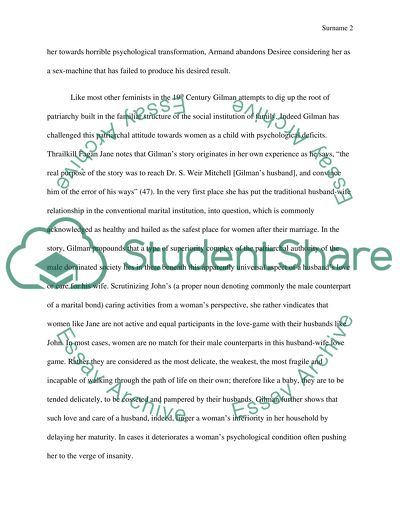Cite this document
(“A Critical Analysis of the Husbands' Authoritarian Perception About Research Paper”, n.d.)
Retrieved from https://studentshare.org/english/1448425-reread-chopin-s-ypdesiree-s-babyy
Retrieved from https://studentshare.org/english/1448425-reread-chopin-s-ypdesiree-s-babyy
(A Critical Analysis of the Husbands' Authoritarian Perception About Research Paper)
https://studentshare.org/english/1448425-reread-chopin-s-ypdesiree-s-babyy.
https://studentshare.org/english/1448425-reread-chopin-s-ypdesiree-s-babyy.
“A Critical Analysis of the Husbands' Authoritarian Perception About Research Paper”, n.d. https://studentshare.org/english/1448425-reread-chopin-s-ypdesiree-s-babyy.


